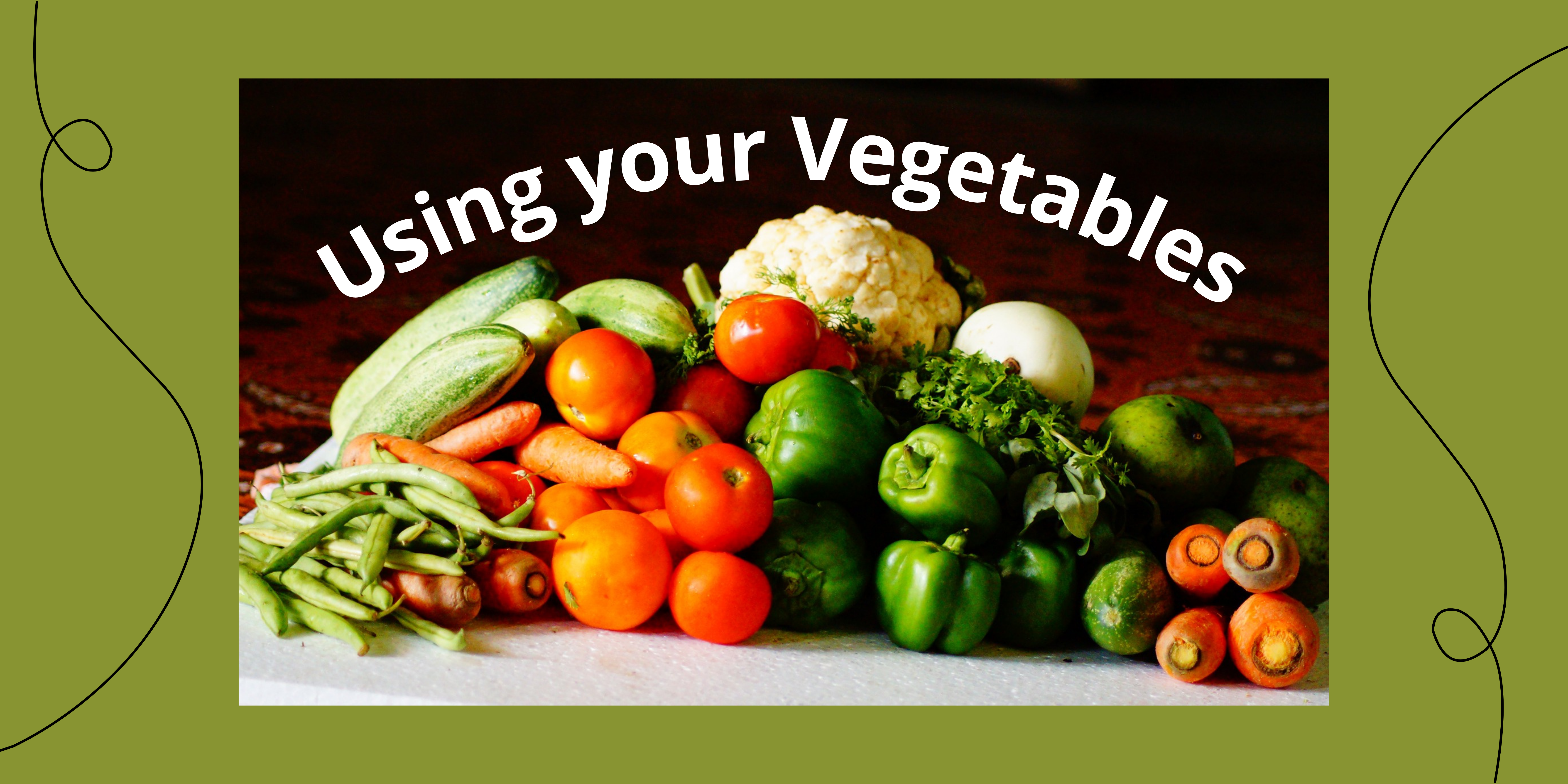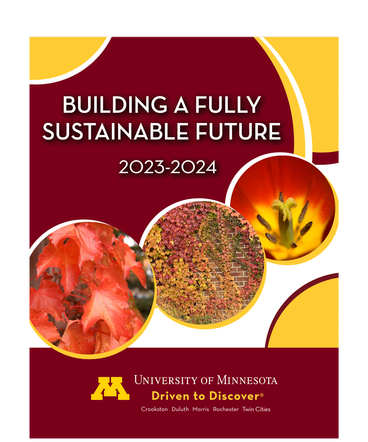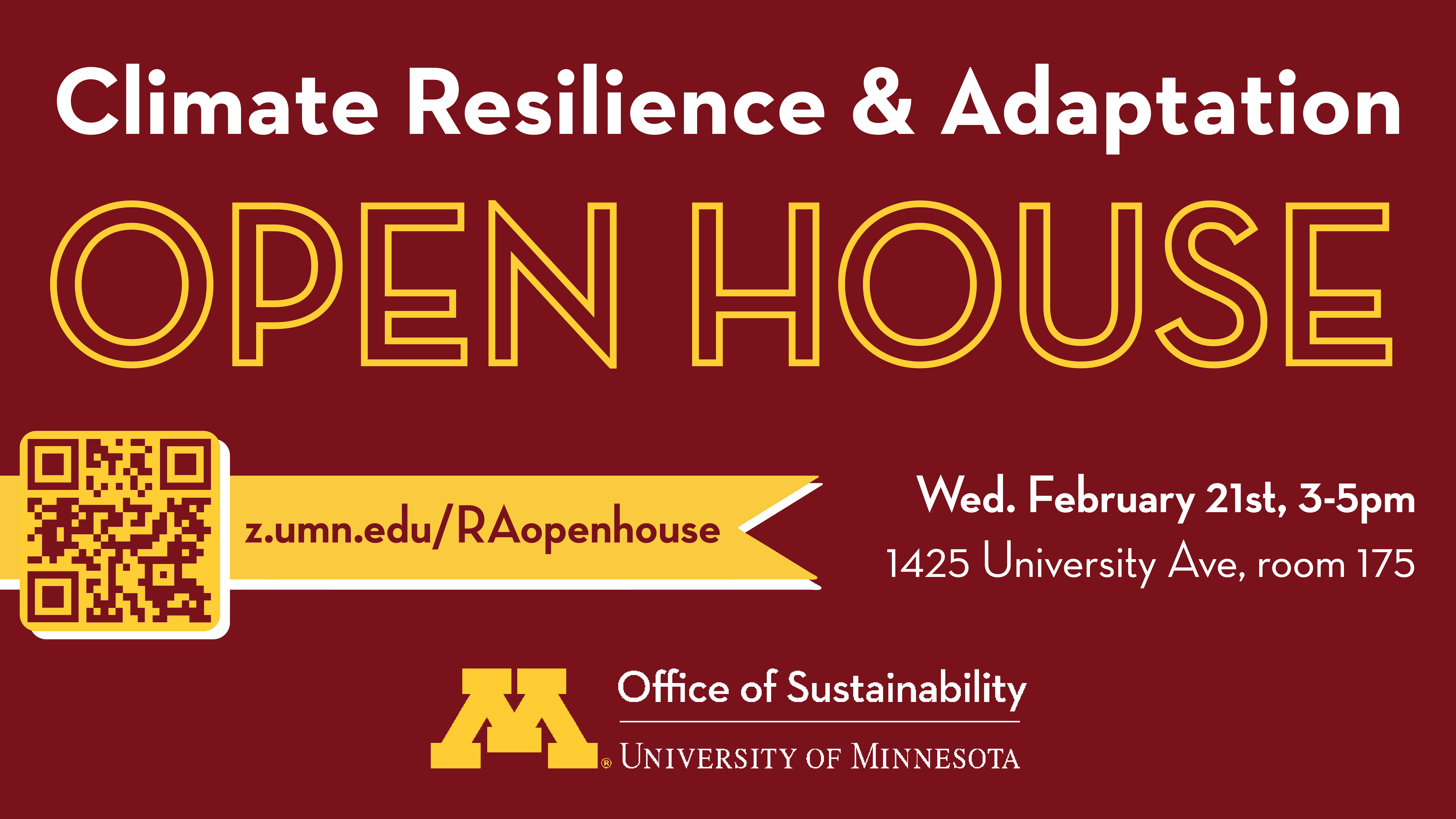
If you are anything like me, Molly Vagle, and love to buy a bunch of fresh produce and vegetables to have on hand in your home for meals or snacks- then you know the struggle of trying to use all your produce before it goes bad. Food waste is a big environmental issue that has implications on the planet and greenhouse gas emissions. Food waste refers to all food that is fit for consumption but is consciously discarded. 90 billion pounds of edible food goes to waste each year in the US!
Wasted food items make up the largest portion of waste in landfills, and much of the food is still safe to eat. Decomposing food waste produces methane, a powerful greenhouse gas that contributes to global warming. Additionally, when food is wasted, it is also wasting all the energy, land, labor, and water it took to grow, harvest, transport, and package the food.
In trying to reduce the amount of food waste I generate, especially from organics and fresh produce, which is very costly and has its own environmental footprint, I started to brainstorm ideas of how to freeze, store, and successfully use all my produce before it goes bad. Using all your produce not only helps reduce food waste, it lowers your environmental footprint, and saves you money! Produce is expensive to buy, and has a cost to grow, harvest, transport, and package. Learn more about food waste
How To Store Vegetables
Storing vegetables correctly is the first step in making sure the produce is good for use and does not end up in the trash!
Different vegetables need different storage conditions. Some vegetables need to be stored in the refrigerator, others need to be stored at room temperature, and some need to be in a cool dry place. Do you research for each vegetable to learn the best storage methods!
Temperature and humidity are the main storage factors you need to consider. According to UMN Extension, there are three combinations for long-term storage:
- Cool and dry (50-60 degree F and 60% relative humidity)
- Cold and dry (32-40 degree F and 65% relative humidity)
- Cold and moist (32-40 degree F and 95% relative humidity)
32 degrees Fahrenheit is the ideal temperature for cold storage conditions, but it is not easy to attain in your home. You can expect a shorter shelf life for your vegetables if the storage conditions are less than the ideal temperature. Shelf life can be shortened by 25% for every 10 degree increase in temperature.
Where to store?
- Basements are normally cool and dry conditions. If you store vegetables in your basement, provide them with ventilation as they still require oxygen to maintain their high quality.
- Home refrigerators are normally cold and dry conditions. This only works for long-term storage of onion and garlic, but for everything else, it is a short-term option only. You can put your vegetables in perforated plastic bags inside the refrigerator and this will create cold and moist conditions, but again, it is only for short-term storage.
- Root cellars are normally cold and moist conditions. Similar to basements, provide your vegetables with ventilation.
Check out this guide to storing vegetables!
Pro-tip: The less you handle your vegetables the longer they will last in storage!
This is great information if you have the storage ability or capacity. For a college student like myself, these options are not ideal as I do not have a basement nor a root cellar. Luckily there is another option: freezing veggies!
How To Freeze Vegetables
Freezing is a great way to preserve fresh vegetables at home for long periods of time! The quality of the frozen vegetables depends on the quality of the fresh vegetables and how they are handled. Freezing does not improve the quality of the vegetables nor sterilize them, it merely protects them from growth of microorganisms, and slows down the changes that cause spoilage.
The first step is to get out containers for your vegetables. You should choose some that are moisture-vapor resistant, durable, and easy to seal. Containers to choose from are plastic freezer containers, freezer bags, glass canning jars, and others.
Next, you must prepare the vegetables. Wash them in cold water and remove any dirt or sediment. Blanching is recommended for all vegetables to be frozen. Blanching is the process of slightly cooking vegetables in boiling water, or steaming for a short period of time, to stop enzymes that deteriorate the vegetable. Blanch for one to two minutes! After blanching, cool the vegetables in cold water so they don't cook! Next, put them in their proper containers and freeze them! You should label your containers with the name of the vegetable and the date they were frozen. Most vegetables maintain their high quality for 8 to 12 months at 0°F or lower. Longer storage will not make food unfit for use, but may impair quality.
Check out this guide to freezing vegetables!
Pro-tip: Freeze vegetables within hours of getting them to have the best flavor and texture!
In addition to properly storing and/or freezing your vegetables, we need to know how to actually use them! To some- vegetables are a foreign concept or an intimidating item to cook. It takes some time and practice to learn how you like to prepare and eat your vegetables. Something I learned is that cooking vegetables the way that I like to eat them, instead of just trying to eat them raw or in a basic salad, really helps me actually eat vegetables. Each person has their own taste and palate, however I want to share some of the ways and recipes I use to successfully eat my vegetables in a way that is satisfying and tasty to me!
How To Use Vegetables
The key is to get creative with your vegetables! Below are some ideas of how to best prepare different vegetables.
- Vegetables as main dishes:
- Eggplant parmesan
- Asparagus parmesan
- Fun salads
- Chicken caesar salad
- Watermelon cucumber salad
- Pear cucumber salad
- Celery apple salad
- Spinach apple salad
- Strawberry spinach salad
- Caprese salad
- Cucumber, tomato, and avocado salad
- Corn salad
- Asparagus feta salad
- Potato salad
- Stir fry
- Cauliflower pasta
- Use cauliflower as a substitute for some of your pasta for your favorite pasta dishes!
- Soups
- Broccoli potato soup
- Vegetable barley soup
- Beef and cabbage soup
- Mushroom burger
- Veggie burger
- BBQ grilled cauliflower
- Cauliflower wings
- Omelete
- Tomatoes, onions, bell peppers, mushrooms, zucchini, avocado
- Vegetables as side dishes
- Cauliflower rice
- Stuffed mushrooms
- Stuffed bell peppers
- Roasted vegetables
- Broccoli, cauliflower, carrots, zucchini, mushrooms, brussel sprouts, corn, asparagus
- Sauteed vegetables
- Bell peppers, broccoli, mushrooms, onions, carrots, spinach
- Slaw
- Vegetables as extras
- Add vegetables to pizzas!
- Bell peppers, onions, mushrooms, olives, spinach, tomatoes
- Snack on vegetables with hummus or your favorite dips
- Bell peppers, carrots, cucumbers, celery
- Roasted chips
- Kale, spinach, brussels sprouts
- Smoothies
- Spinach, kale, cucumber, carrots, zucchini, avocado, sweet potato, beets
- Add vegetables to pizzas!
- Vegetables as desserts
- Bread
- Banana bread
- Corn bread
- Zucchini pumpkin bread
- Carrot cake
- Bread
Add vegetables to meals you already know you like! Roasted vegetables go great on salads, sandwiches, bowl meals, pizzas, pasta, burritos, tacos, omelets, and anything else you can think of! Spruce up your favorite soups with adding vegetables. Try experimenting with using vegetables as noodles! Zucchini, spaghetti squash, or sweet potatoes could all be shredded or sliced very thin and used in your favorite pasta dishes. Add vegetables to your sauces and dressings.
Pro-tip: You can add vegetables to nearly any dish if you are creative enough and willing to try something new!
The bottom line is to find ways that YOU actually enjoy eating vegetables so it doesn't feel like a chore. Using your vegetables not only saves you money and makes you healthier, it also reduces food waste and is better for the environment!!



